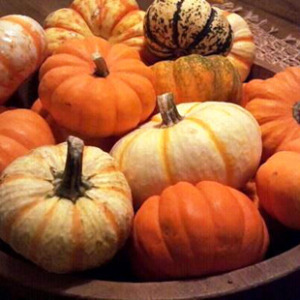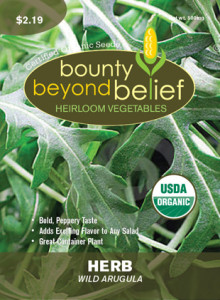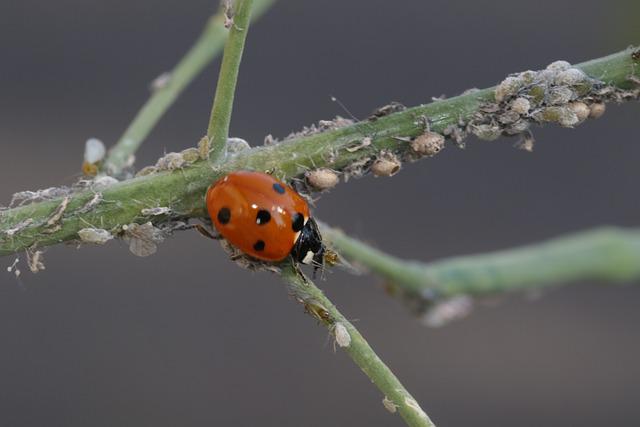Design Your Garden with Collages
Decorating Your Garden
by Sandy Swegel
The snow is still deep. Temperatures still below ten degrees. Seeds are ordered. Poppies and wildflowers were strewn on last week’s snow. Garden magazines are read. It’s starting to get hard to occupy the impatient gardener. My irritation with being bored is at about the same level as my neighbor’s 3-year old whose delightful need for attention and distraction sends her knocking on all the neighbor’s doors. Oh to be a pre-schooler again.
I’m past the age where I’m happy playing with crayons or Barbie. But as I watch the clever neighborhood moms coming up with a million games and projects to occupy snowbound children, I decided there was a way I could almost be a pre-schooler again. I could make a collage.
Only in the grown-up world, it’s not called a “collage.” It’s called a “visioning board.” The movie “The Secret” made visioning boards popular. I’m not too big on just having pictures of a perfect garden because, well, I know me. I’m never going to have a perfect garden. I’ll get too distracted by turning the compost pile or watching the bees or running off to do errands to get my garden perfect.
But a Garden Vision Board or Garden Collage is great for keeping track of new ideas and creating imaginary gardens. And all my pretty seed catalogs and magazines have perfect-sized pictures for cutting out small images of flowers and plants that I can paste on my board.
It’s easy to get started.
*Piece of paper, poster board or old cardboard. An old dry erase board and magnets work too
*Scissors (you’re grown up…you can have the pointy ones now)
*Gluestick or tape.
*magazines and catalogs.
So simple but the whole point of visioning is that the process does make your ideas happen. This year some of the favorite flowers or vegetable you collage with now will be growing for real in your yard or pots.
Collage Ideas:
Flowers. Everybody wants more flowers and more color in their yard. Gather pictures of your favorite flowers. Put pictures of flower arrangements so you can remember to grow those flowers.
Garden design. You can collect photos of designs you like. One day you’ll get around to it. My father collected pictures of gazebos for twenty years before he finally retired and had time to build one. I know I will make an herb knot garden one day.
Tweak your mature garden. If you’re ambitious with a printer you can print out a picture of your garden to use as the base of your collage and try out what flowers bring some added pizazz to the nice garden you already have.
Vegetable gardens. The preschooler next door has an electronic game that lets her plant carrots and tomatoes. She’s too young to know we used to design our vegetable gardens with pen and paper in the olden days. Gather pictures of your favorite foods.
Gardening Friends. Or you can just cut out pictures of bees and dragonflies and hummingbirds and all the other pollinators to remind you of your gardening companions.
Vacation Gardens. A collage of all the gardens I could have had if I hadn’t moved to Zone 5 Colorado. Bananas and tropical flowers.
Mostly, I’m collaging to have a little tactile fun and inspiration in the middle of a snowstorm. We have to remember that the reason we started gardening is that it’s fun and beautiful and creative. Not just work to be checked off a to-do list, but a place to nurture our spirit.
Photo credit: http://simplehomecraft.blogspot.com/2012/07/garden-collage.html
http://mamaslittlemuse.blogspot.com/2012/05/designing-garden-from-pictures.html


 thrown over the tomatoes is going to help. This is when the hard frost finally comes and it’s time to harvest those green tomatoes and put them in the house or cool garage. I personally don’t start immediately making green tomato recipes because I’ve found most of the
thrown over the tomatoes is going to help. This is when the hard frost finally comes and it’s time to harvest those green tomatoes and put them in the house or cool garage. I personally don’t start immediately making green tomato recipes because I’ve found most of the  As I walked around the garden yesterday afternoon, I noticed the biggest threat to the remaining plants was drought. The weather has been cool so I didn’t think about water, but the low humidity all week is sucking all the moisture out of the air and out of the plants. So I do need to run the overhead sprinkler for an hour or two to return moisture to the leaves. That extra water on leaf surfaces will freeze at night and help protect the plants.
As I walked around the garden yesterday afternoon, I noticed the biggest threat to the remaining plants was drought. The weather has been cool so I didn’t think about water, but the low humidity all week is sucking all the moisture out of the air and out of the plants. So I do need to run the overhead sprinkler for an hour or two to return moisture to the leaves. That extra water on leaf surfaces will freeze at night and help protect the plants. we tend to let the garden’s needs slip from our minds while we’re enjoying the fall colors. When we see foliage browning we first assume it’s just the season, but as my poor limp Comfrey showed me, everything needed a good soak. Rain a week ago has long evaporated from the surface of the topsoil. A local plant expert told me once that he found the key to helping plants overwinter was making sure they went into winter well watered. Water in the soil will freeze and help protect roots.
we tend to let the garden’s needs slip from our minds while we’re enjoying the fall colors. When we see foliage browning we first assume it’s just the season, but as my poor limp Comfrey showed me, everything needed a good soak. Rain a week ago has long evaporated from the surface of the topsoil. A local plant expert told me once that he found the key to helping plants overwinter was making sure they went into winter well watered. Water in the soil will freeze and help protect roots.

